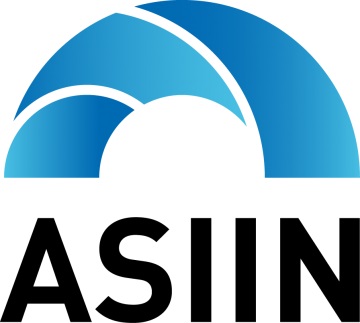 English
English Bahasa Indonesia
Bahasa Indonesia
You are here
Development of Competence and Skills: Science Education Laboratory Assistants Participate in K3 Laboratory Training and Certification
Primary tabs

Two laboratory assistants from the Science Education Study Program at Yogyakarta State University (UNY), Galuh Titisari, M.Pd., and Ahmad Nashrullah, S.T., participated in K3 Laboratory training and certification held over three days, from June 26 to 28, 2024. Laboratories are places where various types of chemicals gather, including chemicals not used in the production process. Although the quantity of chemicals in laboratories is relatively small compared to production or storage areas, the level of danger in laboratories remains significant. Many accidents originating in laboratories have spread to other places. Experiments conducted in laboratories often have unexpected potential hazards if the laboratory assistants do not adequately recognize the dangers of the chemicals used. Potential hazards that must be watched and controlled include mixing or experimentation processes, chemical storage, disposal of chemical residues, misuse of chemicals, and exposure to laboratory assistants. The K3 Laboratory training aims to help participants understand the aspects of K3 in the laboratory. The specific objectives of this training program include understanding hazard and risk identification techniques, understanding hazard and risk control techniques, understanding industrial hygiene principles to control risks, understanding work health effects and risks, and being able to develop control systems, understanding the use and maintenance of personal protective equipment (PPE), understanding fire extinguishing principles, being able to extinguish small fires with a fire extinguisher (APAR), being able to provide first aid in accidents, being able to conduct K3 inspections, understanding emergency procedures and handling, and understanding accident investigation procedures.

The training material covered various important aspects of safety and health (K3) in the laboratory, including work hazards and risks, such as chemical hazards, biological hazards, infectious material hazards, electrical hazards, and radiation hazards. Hazard and risk control techniques were also discussed, including understanding the hierarchy of controls, air contaminant control systems with ventilation and fume hoods, hazardous chemical control systems (storage, labeling, MSDS), chemical spill control systems, infectious material control systems, radiation hazard control systems, biological hazard control systems, electrical hazard control systems, and laboratory waste hazard control systems. Fire prevention and protection were explained, including understanding fire causes and prevention efforts and applying lightweight fire extinguisher techniques (APAR). Emergency response was also an important part of the training, with an understanding of emergency response guidelines, the duties and functions of the Emergency Response Team, and proper communication during emergencies. The use and maintenance of PPE were discussed in detail, covering the types of PPE needed in the laboratory, how to use it, and how to maintain it. First aid techniques were taught, including techniques for first aid if exposed to chemicals or infectious materials in the laboratory. K3 inspections and accident investigations were also part of the training material, with an understanding of K3 inspection techniques in the laboratory, making inspection reports, recommendations and follow-ups, and procedures for investigating and reporting work accidents. The K3 Laboratory training and certification are expected to enhance the competence and skills of the laboratory assistants in maintaining safety and health in the laboratory. With a deep understanding of potential hazards and control techniques, laboratory assistants like Galuh Titisari, M.Pd., and Ahmad Nashrullah, S.T., can significantly contribute to creating a safe and healthy working environment in the IPA Education laboratory at UNY.
Kontak Kami
Program Studi Pendidikan IPA
FMIPA Universitas Negeri Yogyakarta
Kampus Karangmalang Yogyakarta 55281
Email: s1pend_ipa@uny.ac.id
Instagram: @depdikipauny


Copyright © 2026,


